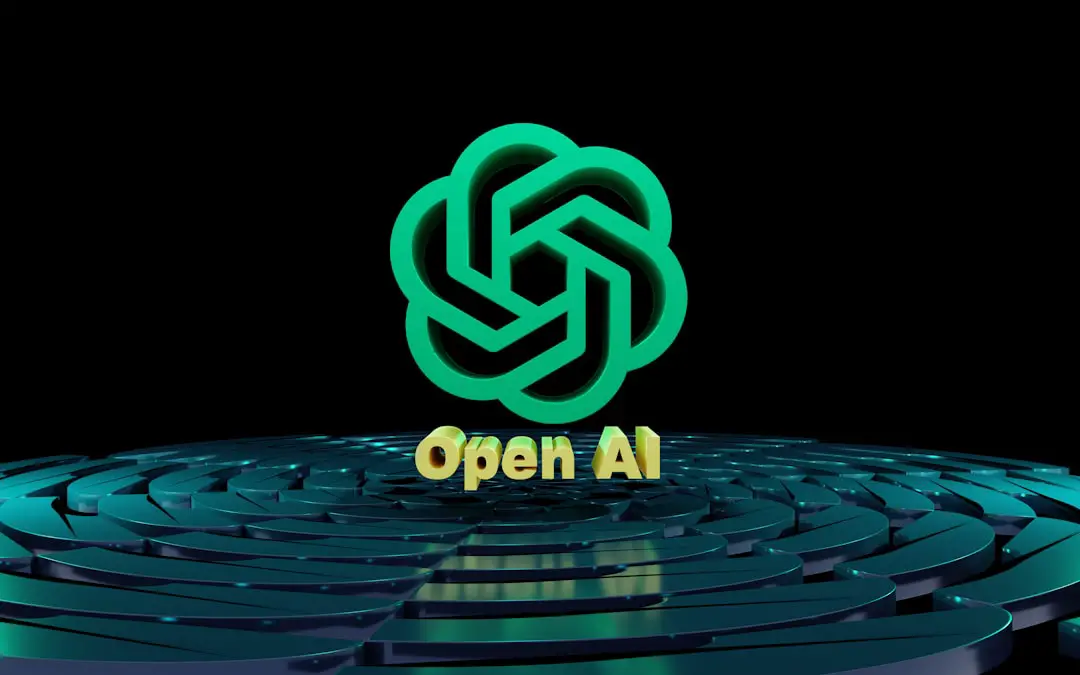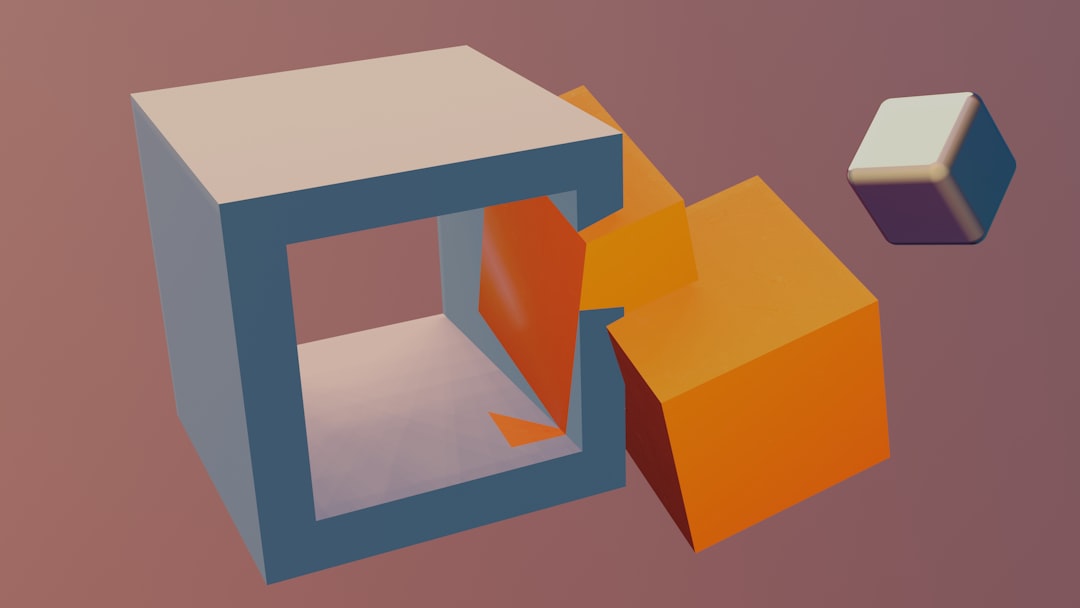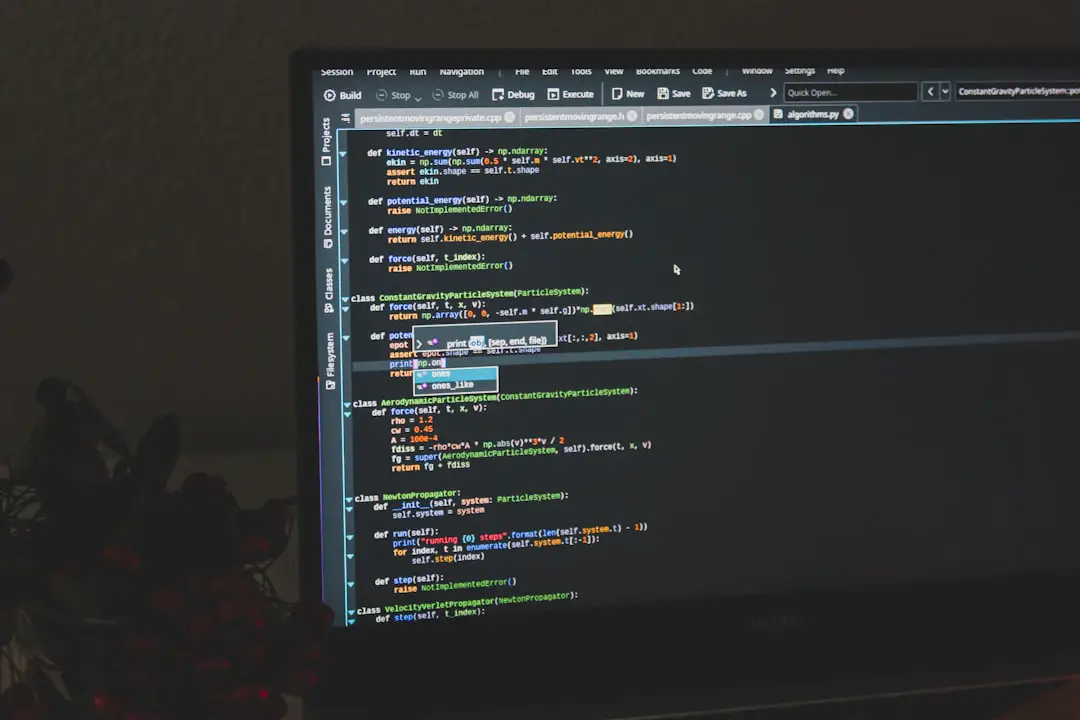OpenGL is a powerful cross-language, cross-platform application programming interface (API) for rendering 2D and 3D vector graphics. Widely used in game development, CAD applications, and interactive visualization, OpenGL provides impressive flexibility and performance for graphics rendering. However, developers often run into runtime errors like the infamous error 1282 (Invalid Operation). This error can be frustrating due to its vague description and its ability to disrupt rendering processes. Understanding the root cause of this error and how to fix it is essential for achieving reliable graphics performance.
What is OpenGL Error 1282?
Error 1282, labeled as GL_INVALID_OPERATION, occurs when an operation is not allowed in the current OpenGL state. The error is generated by any command that’s considered invalid for the state of the graphics pipeline or the resources bound at the moment. Notably, once the error is triggered, OpenGL will not immediately throw an exception. Instead, the error codes must be polled using glGetError(), which can be a hidden trap for developers inexperienced with OpenGL’s state machine model.
Common Causes of Error 1282
The reasons for OpenGL Error 1282 are numerous. Here are the most common ones:
- Improper Shader Program Use: Trying to use a shader program that is not linked or has been deleted.
- Invalid Framebuffer Context: Performing operations that require a framebuffer when none is bound or the bound framebuffer is incomplete.
- Incorrect State Transitions: Invoking functions in an invalid sequence or state, such as drawing before initializing buffers.
- Mismatched Buffer Bindings: Referencing unbound or incorrect buffer objects.
- Unsupported Function Use: Using functions or extensions not supported by the current GPU driver.

Step-by-Step Guide to Fix OpenGL Error 1282
1. Enable Error Checking in Development Phase
First and foremost, always include glGetError() checks during your development phase. While polling this function can introduce performance overhead, it’s essential to catch the exact location or function call leading to the 1282 error.
GLenum error = glGetError();
if (error != GL_NO_ERROR) {
std::cerr << "OpenGL error: " << error << std::endl;
}
Also, consider using debugging wrappers or tools like gDEBugger, RenderDoc, or GLIntercept to visually inspect and trace errors more efficiently.
2. Validate Shader Programs
Shaders are a frequent culprit of OpenGL Error 1282. Make sure your shaders compile and link correctly. Also, always check the status of shader compilation and program linking:
glCompileShader(shaderID);
GLint success;
glGetShaderiv(shaderID, GL_COMPILE_STATUS, &success);
if (!success) {
// Get and display the compile log
}
Activate the correct program using glUseProgram() only after linking the shader successfully. Also, ensure that you’re not using deleted or unlinked programs.
3. Check for Framebuffer Completeness
If you are performing offscreen rendering or using framebuffers for post-processing, incomplete framebuffers can easily result in error 1282. Before using any framebuffer, validate its status:
glBindFramebuffer(GL_FRAMEBUFFER, fbo);
if (glCheckFramebufferStatus(GL_FRAMEBUFFER) != GL_FRAMEBUFFER_COMPLETE) {
std::cerr << "Framebuffer not complete!" << std::endl;
}

4. Review Buffer Bindings
Ensure all buffer objects (like vertex buffers, index buffers, and textures) are properly bound before using them. It’s common to forget to bind buffers before issuing draw calls, which can trigger a 1282 error. Always bind the correct buffer and configure buffer pointers properly:
glBindBuffer(GL_ARRAY_BUFFER, vbo);
glVertexAttribPointer(0, 3, GL_FLOAT, GL_FALSE, stride, offset);
glEnableVertexAttribArray(0);
Also, always deactivate or unbind unused buffers to avoid unexpected behaviors elsewhere in the pipeline.
5. Check Draw Call Validity
Calling glDrawArrays() or glDrawElements() without having all the required attributes or with an invalid setup will likely result in a 1282 error. This includes accessing out-of-bound indices or rendering outside the scope of cases supported by the current GPU.
Double-check:
- Index buffer bindings
- Enabled vertex attributes
- Correct primitive type enums
6. Ensure Compatible OpenGL Version and Extensions
Some functions are only available in specific versions of OpenGL or when certain extensions are supported. Always check the OpenGL context version and query for the presence of required extensions before using them. You can do this using:
const GLubyte* version = glGetString(GL_VERSION);
const GLubyte* extensions = glGetString(GL_EXTENSIONS);
Then compare the result with your required features to prevent unsupported calls that trigger invalid operations.
7. Use OpenGL Debug Context
Modern OpenGL implementations allow you to create a debug context, which provides detailed error messages and callback mechanisms. This is one of the most reliable ways to track down error 1282 at its origin.
Best Practices to Avoid OpenGL Errors
- Always clean up OpenGL objects: Avoid dangling references to deleted or unbound objects.
- Structure your rendering pipeline clearly: Use consistent and predictable order of operations.
- Test on multiple devices: Different GPUs may react differently to invalid operations.
- Log everything: Maintain logs during development to trace unexpected state changes.
Conclusion
OpenGL’s Error 1282 can be elusive due to its generic description and OpenGL’s silent state management. However, by following structured debugging methods, verifying the correctness of shader programs, framebuffers, and buffer bindings, and using tools like debug contexts and RenderDoc, developers can greatly reduce the time spent resolving these issues. Ultimately, mastering OpenGL requires a meticulous approach and a good grasp of its internal workings to avoid such frustrating errors.

Frequently Asked Questions (FAQ)
-
Q: Can OpenGL error 1282 crash my application?
A: Generally, OpenGL will not crash your application when error 1282 occurs. However, it can cause rendering to break or misbehave if not handled or logged. -
Q: How do I find out which function caused error 1282?
A: You should callglGetError()after individual OpenGL function calls during development. This will help you isolate the function causing the error. -
Q: Is there a way to prevent error 1282 during runtime?
A: While you can’t entirely prevent it, following best practices like checking for buffer completeness, validating shaders, and using debug contexts will greatly reduce the likelihood. -
Q: What tools help identify OpenGL errors efficiently?
A: Tools like RenderDoc, gDEBugger, and GLIntercept offer profiling and debugging features that can trace and explain OpenGL errors better than manual inspection. -
Q: Does glGetError() affect performance?
A: Yes, callingglGetError()excessively can reduce performance, so it is recommended to use it primarily during development and debugging stages.
